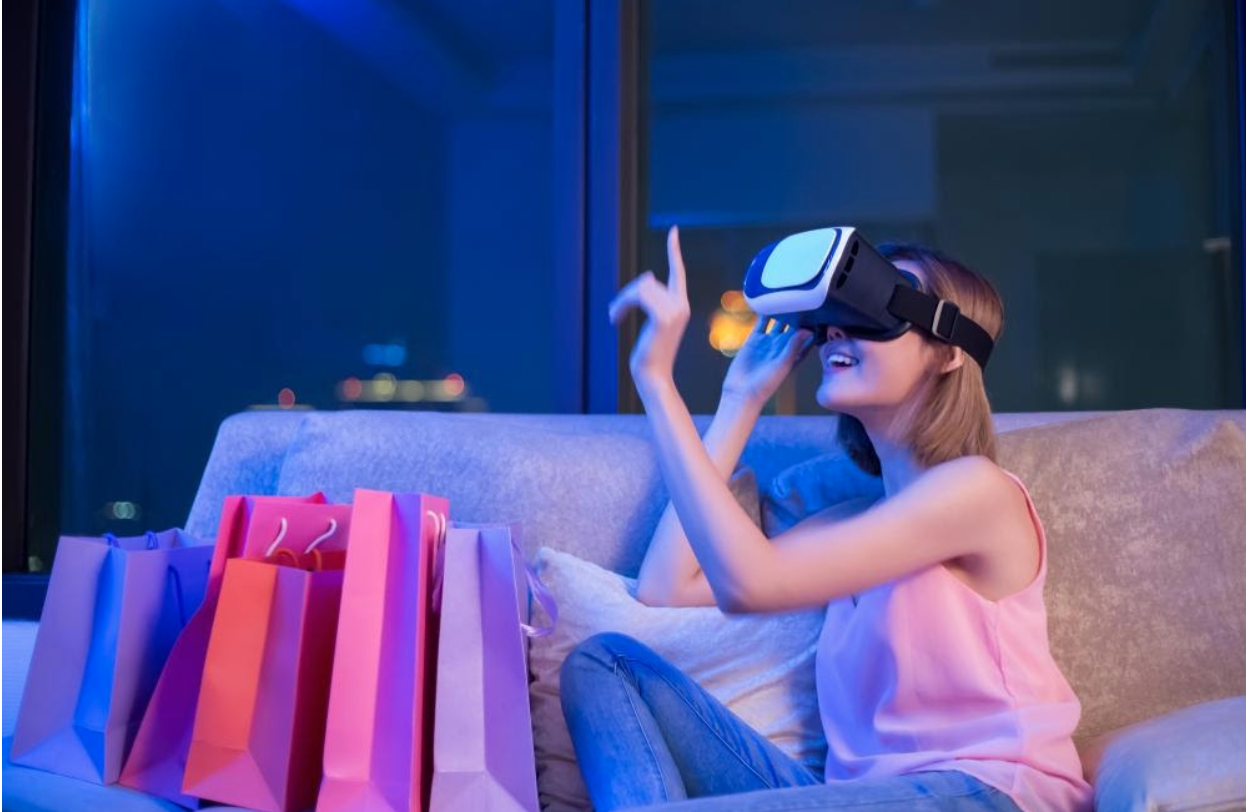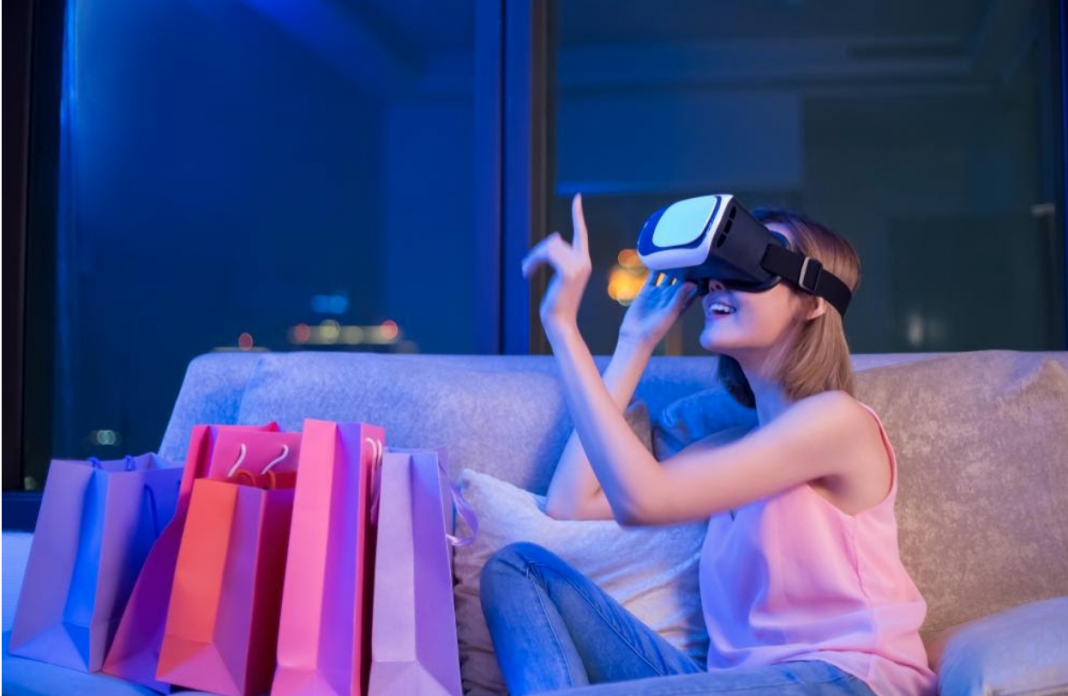
As moms, we know we have to stay on top of the ever changing world of technology, and virtual reality is definitely something to keep an eye on.
The augmented reality (AR) and virtual reality (VR) market size is expected to reach 297 billion US dollars by 2024. And in 2020, Facebook’s Oculus VR and Sony’s PlayStation VR headsets were the major VR products sold.
VR has impacted every industry in the world, including retail. Retail businesses are now finding newer and better ways of improving their visibility and engaging customers. Those that embrace VR will gain a competitive advantage.
VR isn’t just limited to gaming, it has limitless potential. Retail outlets have started leveraging the technology to transform the customer experience and to revolutionize traditional ways of doing business, including shopping.
The shopping experience has changed, and here are 3 ways VR is contributing.
-
Letting Customers Try Before They Buy
What better way to shop than by trying out something before getting it? VR technology makes this possible. Customers no longer need to visit stores physically to try on clothes, shoes, or accessories.
And for car buyers, a VR auto showroom can help them make an informed buying decision about the car of their choice. They can view the car, adjust settings such as light, and test drive the car. In a way, VR eliminates buyer’s remorse.
With VR, shoppers can test and experiment with products and get the real-world feeling of using the products. VR creates a win-win situation for both businesses and customers. For retailers, it means fewer products returned, and for customers, it means no disappointments.
VR helps customers move quickly through the buying journey, especially the ‘consideration’ and ‘preference’ phases. It’s a more intimate, personalized experience that brings customers closer to products.
As a mom, this is a huge time-saving benefit!
-
Increased Client Engagement
The most successful marketing campaigns are those that tap into human emotions like fear, anger, and joy. When people connect with a brand or product emotionally, they are far more likely to make a purchase. It’s also easier for emotionally engaged customers to become lifelong brand ambassadors.
Businesses that want to stand out can leverage emotional marketing and engage customers in meaningful, innovative ways. They can make ad campaigns more exciting and interactive, engaging customers and prospects in mixed reality environments.
VR creates an immersive, highly realistic environment with a profound sensory effect. It forms a strong emotional connection between the shopper and the product. It gives businesses an opportunity to win prospects through unique, amazing experiences.
-
Boosting Brand Awareness
Every B2C business desires to eliminate or minimize competition. And as VR becomes more accessible, businesses are using the technology to increase brand awareness. The shopping experience is usually an adventure for most customers, and businesses that understand this create unique and memorable adventures. This increases the likelihood of customers remembering the brand and making repeat purchases.
Brands that adopted VR technology early saw a significant rise in sales. They reduced the time people spent making buying decisions. And during the COVID-19 pandemic, the importance of VR became all too clear. Because people couldn’t visit stores and make purchases, VR allowed them to shop from home. It also made it easier for businesses to launch new products and create a digitally enhanced product experience.
VR technology is transforming how customers interact with brands, creating powerful experiences crucial for business survival. Businesses that provide immersive VR experiences can revolutionize shopping. They can empower customers, making them feel valued.


















